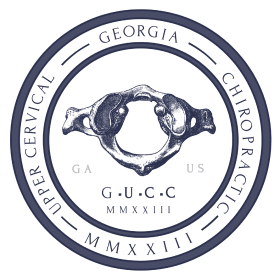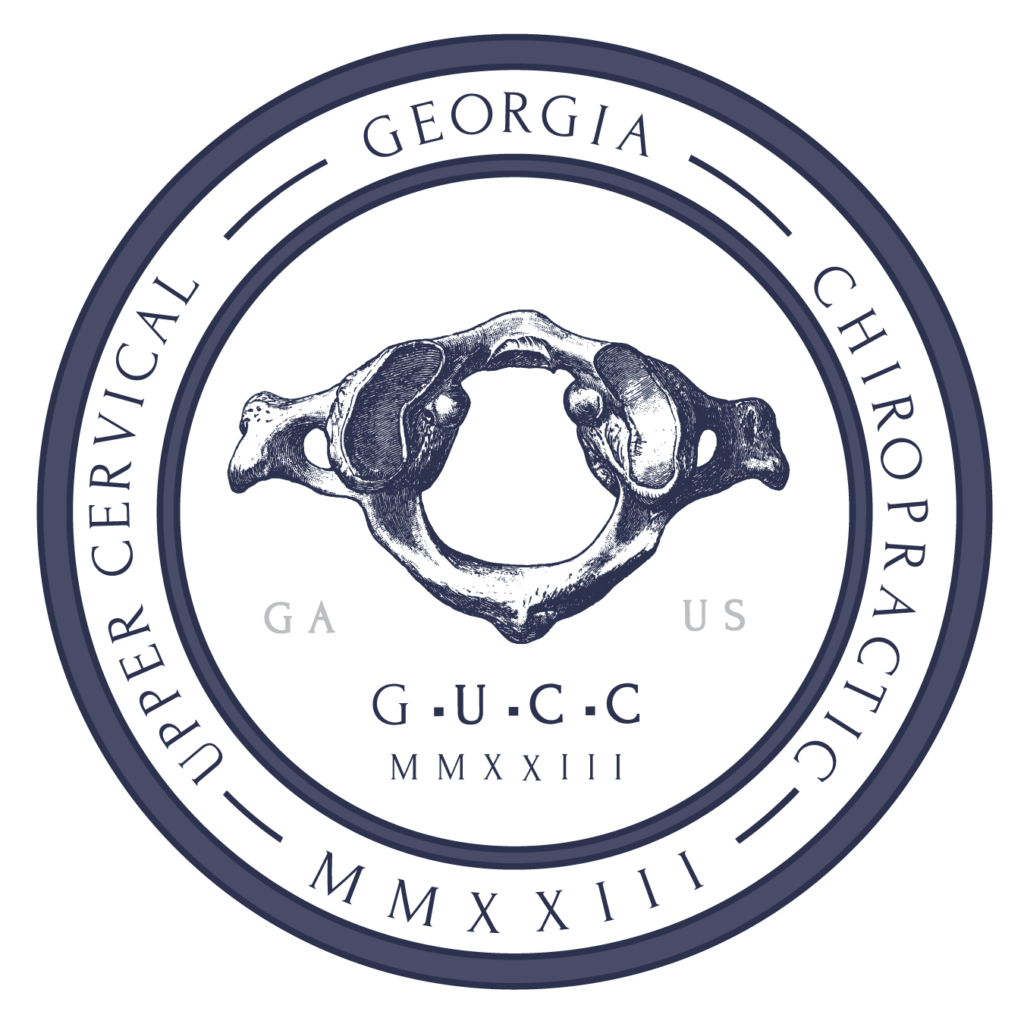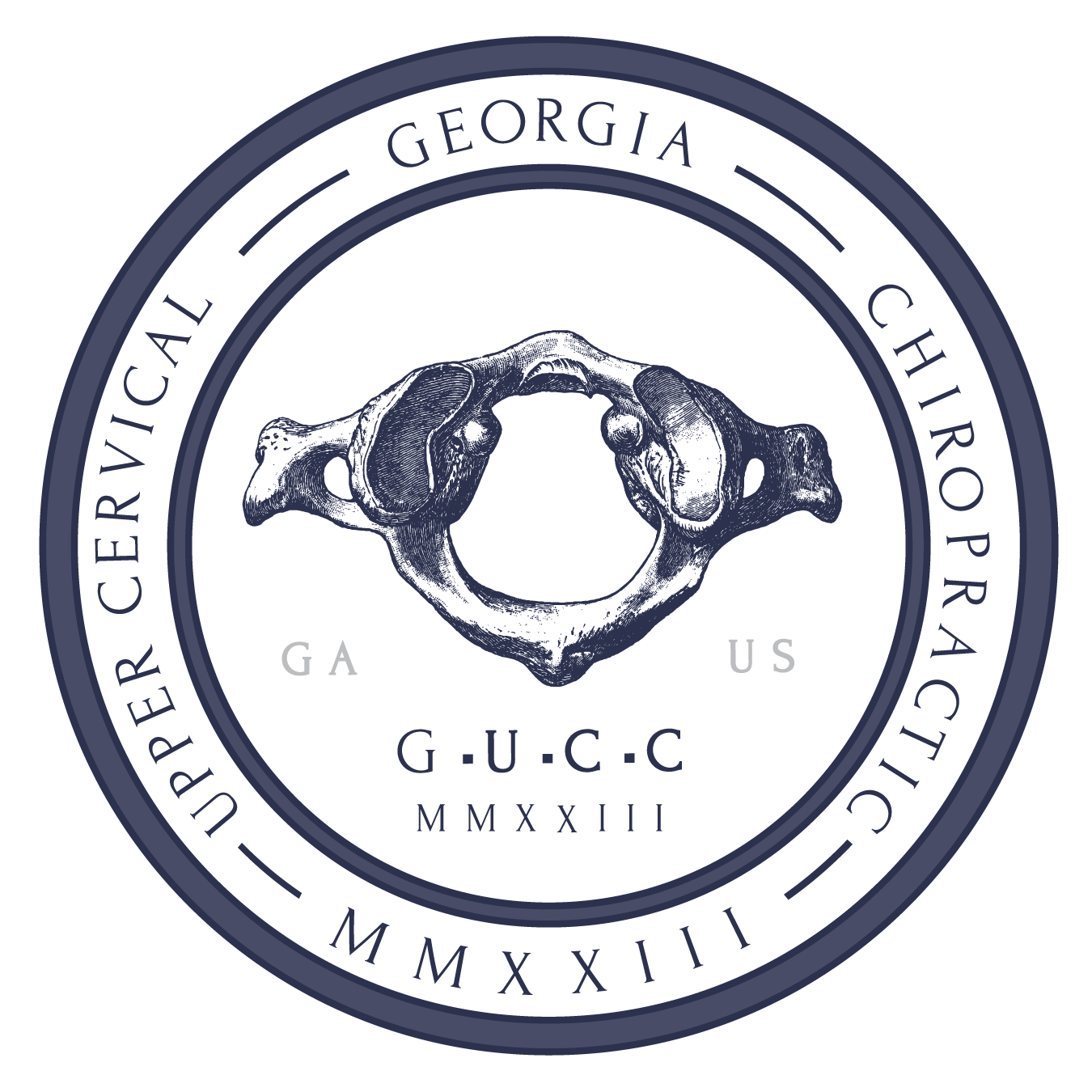Types of Vertigo and How to Manage Them
Vertigo presents as extreme dizziness and a spinning sensation. It’s a common issue that may go away on its own in many patients but can become a recurring problem if the underlying causes are not addressed.
Those underlying causes depend on the type of vertigo you are experiencing.
There are 2 main types of vertigo: peripheral and central vertigo. Cervical vertigo is considered the third type by many specialists. It’s limited to vertigo sufferers experiencing neck problems.
What is the most common vertigo? The most common type of vertigo is peripheral vertigo.
Peripheral Vertigo
When doctors investigate classic vertigo symptoms and the type of dizziness causing your symptoms, peripheral vertigo is usually the culprit.
What are the symptoms of peripheral vertigo? The symptoms of peripheral vertigo include dizziness and a spinning sensation, much like motion sickness. Lightheadedness, headache, nausea, or vomiting are other common symptoms.
Depending on the affected area, some vestibular or vestibular nerve disorders may come with additional symptoms. These symptoms include:
- Balance problems
- Abnormal eye movements, e.g., nystagmus, or rapid eye movements
- Ear problems, e.g., a feeling of fullness in the ears, hearing loss, or ringing in the ears
- Excessive sweating
Causes
Peripheral vertigo is caused by problems with the inner ear. The inner ear and vestibular system control the body’s ability to balance and detect motion.
Extreme dizziness and vertigo may occur when something disrupts that connection, whether it’s debris in the inner ear or an external influence.
Additional triggers for a vertigo attack may depend on the specific subtype. We’ll get into the most common causes below, but here are some triggers for peripheral vertigo:
- Rapid head movement or changing head positions too quickly
- Head injury
- Certain medications
- Migraines
- Blood pressure dysregulation
Stress, changes in sleep patterns, and even dietary changes can all worsen vertigo symptoms, if not trigger vertigo attacks.
Treatment
Vertigo exercises and canalith repositioning maneuvers like the Epley maneuver or the Brandt-Daroff exercise are standard treatment options for peripheral vertigo. For repeated bouts of vertigo, your healthcare provider may recommend vestibular rehabilitation to improve overall balance and posture.
Some doctors prescribe antihistamines, diuretics, or anti-nausea medications to alleviate worsening vertigo symptoms. It’s important to note that these medications treat symptoms and not the underlying cause of your vertigo.
For long-term relief, your healthcare provider should investigate why you’re experiencing dizziness.
Types of Peripheral Vertigo
There are many different causes of peripheral vertigo. Some doctors treat these unique causes as subtypes of vertigo, as each will require a different approach.
For example, an acoustic neuroma, or vestibular schwannoma, is a noncancerous tumor on the vestibulocochlear nerve. These neuromas may require surgical removal. A perilymphatic fistula, often the result of trauma to the ear, may also require a surgical approach.
Vestibular migraines may require trigger management or medication.
Let’s take a closer look at the four most common causes of peripheral vertigo, starting with the condition behind most vertigo symptoms and inner ear dysfunction.
Benign paroxysmal positional vertigo (BPPV)
BPPV is an inner ear condition responsible for most episodes of vertigo. It happens when calcium crystals in the inner ear move to other areas, like the semicircular canals. There are multiple types of BPPV, as well. Canalithiasis and cupulolithiasis are the main two.
BPPV can go away on its own, but symptoms can affect quality of life, especially in older adults. Treatment often includes canalith repositioning maneuvers to target dislodged crystals in the affected ear.
Meniere’s Disease
Meniere’s disease is a chronic inner ear disorder that affects vertigo patients with not only dizziness symptoms but hearing loss and tinnitus, as well. The exact cause of the condition involves fluid changes in the ear, but what triggers that can vary from person to person.
Treatment depends on the severity of the condition. Long-term sufferers may turn to medication management, injections, or surgical options. Some patients may focus on reducing vertigo triggers.
Vestibular Neuritis
Vestibular neuritis, or neuronitis, is triggered by inflammation in the inner ear. Viral infections in both the inner ear and elsewhere in the body are a common cause. Chickenpox, shingles, flu viruses, and hepatitis have all been linked to vestibular neuritis.
Treatment during an acute phase of this condition involves rest and targeting the cause of the infection.
Labyrinthitis
Much like vestibular neuritis, labyrinthitis is an inner ear infection caused by inflammation of the vestibular nerve or swelling in the inner ear. The common cold or flu can both trigger labyrinthitis. Treatment will vary depending on whether the cause is viral or bacterial.
Central Vertigo
Central vertigo is much less common than peripheral vertigo, and linked to problems with the brain or central nervous system. The brainstem and the cerebellum are areas of the brain most likely affected by central vertigo.
What are the symptoms of central vertigo? The symptoms of central vertigo include balance problems and vision problems, including double vision.
Depending on the cause of your central vertigo, some sufferers experience symptoms associated with common conditions affecting the brain. These may include slurred speech, trouble swallowing, facial paralysis, and weakness in the limbs.
Causes
Central vertigo can be caused by a number of underlying conditions. The most common include:
- Multiple sclerosis
- Certain drugs
- Brain tumors
- Seizure disorders
- Head injury, e.g. hemorrhage-causing trauma
There also appears to be a rare link between forms of vertigo and ischemic stroke, a serious condition that occurs when blood clots cause a blockage in the arteries leading to the brain.
Treatment
Available treatments for central vertigo focus on treating the underlying cause of your symptoms. In the case of central vertigo, that may mean medication management and drug treatment for neurological disorders, physical therapy, or surgical approaches.
Cervical Vertigo
Cervical vertigo, or cervicogenic dizziness, is a symptom of neck injury. Outside of the dizziness and balance problems associated with all types of vertigo, cervical vertigo usually comes with neck pain as well.
Some patients experience migraines, a limited cervical range of motion, vision problems, and earaches.
Causes
The most common cause of cervical vertigo is a head or neck injury that brings the neck out of alignment. Any inflammation or damage to nerve endings around the spinal cord can result in cervical vertigo.
Underlying conditions for cervical vertigo include:
- Degenerative disc conditions
- Osteoarthritis
- Atherosclerosis
- Upper cervical spine problems
- Vertebral artery dissection (VAD)
Treatment
Treatment of cervical vertigo depends on the underlying cause. While there is no quick fix, a combination of physical and vestibular therapy may help return some range of motion to the neck.
In rare cases, a doctor may recommend surgery if your symptoms are caused by severe neck trauma or degenerative conditions.
Chiropractic care may also reduce your symptoms by correcting misalignment in the upper cervical spine.
Diagnosing Vertigo
In the case of peripheral vertigo, a doctor, physical therapist, or chiropractor may lead you through a diagnostic test known as the Dix-Hallpike maneuver.
The test triggers a common cause of vertigo and BPPV: the displacement of calcium crystals in the inner ear. During the test, your doctor will watch for rapid eye movements, or nystagmus, as this is a clear signal of peripheral vertigo.
If your healthcare provider suspects central vertigo, determining the underlying cause is vital for a solid treatment plan. An MRI or other imaging test is usually ordered to identify the medical condition causing your balance problems.
Cervical vertigo is typically a process-of-elimination diagnosis following a physical examination. This includes ruling out more common causes of vertigo, like inner ear disorders. For patients with obvious neck trauma, a diagnosis may include imaging scans to rule out physical causes.
Contact your healthcare provider if you have severe vertigo symptoms or unresolved symptoms affecting your daily life. If you’re experiencing your first vertigo attack alongside more severe symptoms like loss of consciousness or weakness in the limbs, seek emergency help.
Let Us Help
You don’t need to wait for vertigo to go away on its own, especially if you’re dealing with neck and back pain on top of your dizziness symptoms. Chiropractic care for vertigo is especially beneficial in reducing the symptoms of cervical vertigo.
If you’re suffering from vertigo attacks and upper cervical spine pain, reach out to us at Georgia Upper Cervical Chiropractic. We’ve worked to build safe and effective plans for long-lasting vertigo relief.
Ready to get to the root of your problem with chiropractic care? We’re currently accepting new patients at our Ball Ground and Atlanta/Decatur offices.
Sources
- Middeke M. (2019). Schwindel und Blutdruck [Dizziness and Blood Pressure]. Deutsche medizinische Wochenschrift (1946), 144(12), 795-798. Abstract: https://pubmed.ncbi.nlm.nih.gov/31212322/
- Sarna, B., Abouzari, M., Merna, C., Jamshidi, S., Saber, T., & Djalilian, H. R. (2020). Perilymphatic Fistula: A Review of Classification, Etiology, Diagnosis, and Treatment. Frontiers in neurology, 11, 1046. Full text: https://www.ncbi.nlm.nih.gov/pmc/articles/PMC7522398/
- Lui F, Foris LA, Willner K, et al. Central Vertigo. [Updated 2021 Sep 29]. In: StatPearls [Internet]. Treasure Island (FL): StatPearls Publishing; 2022 Jan-. Full text: https://www.ncbi.nlm.nih.gov/books/NBK441861/
- Choi, K. D., Lee, H., & Kim, J. S. (2016). Ischemic syndromes causing dizziness and vertigo. Handbook of clinical neurology, 137, 317-340. Abstract: https://pubmed.ncbi.nlm.nih.gov/27638081/
- Talmud JD, Coffey R, Edemekong PF. Dix Hallpike Maneuver. [Updated 2021 Dec 19]. In: StatPearls [Internet]. Treasure Island (FL): StatPearls Publishing; 2022 Jan-. Full text: https://www.ncbi.nlm.nih.gov/books/NBK459307/
- Bison, E., & Artico, R. (2004). Vertebral artery dissection as a rare cause of vertigo: case report. Acta otorhinolaryngologica Italica : organo ufficiale della Societa italiana di otorinolaringologia e chirurgia cervico-facciale, 24(5), 284-287. Abstract: https://pubmed.ncbi.nlm.nih.gov/15871610/
- Cherchi, M., DiLiberto, F. E., Yacovino, D. A., & Das, S. (2021). The Enduring Controversy of Cervicogenic Vertigo, and Its Place among Positional Vertigo Syndromes. Audiology research, 11(4), 491-507. Full text: https://www.ncbi.nlm.nih.gov/pmc/articles/PMC8544230/


